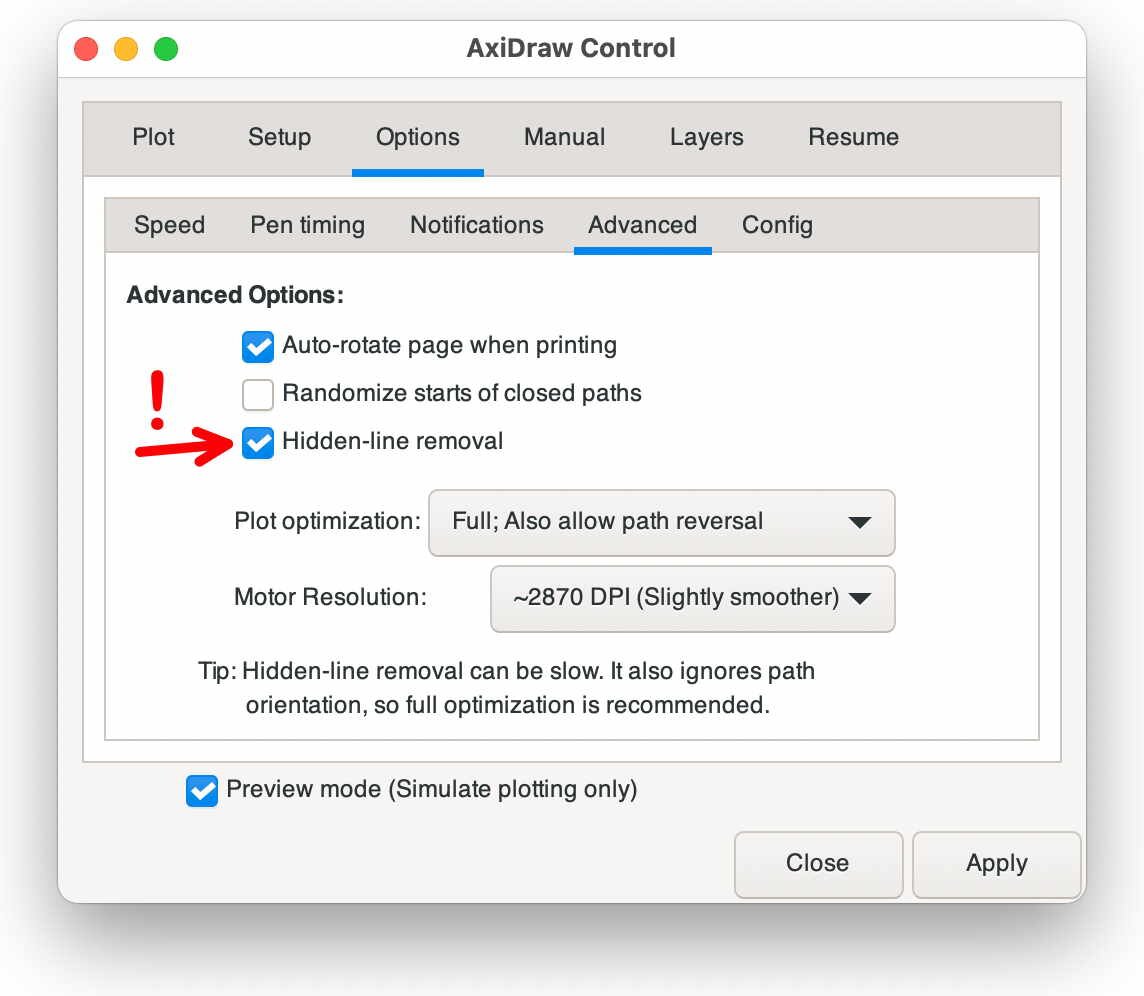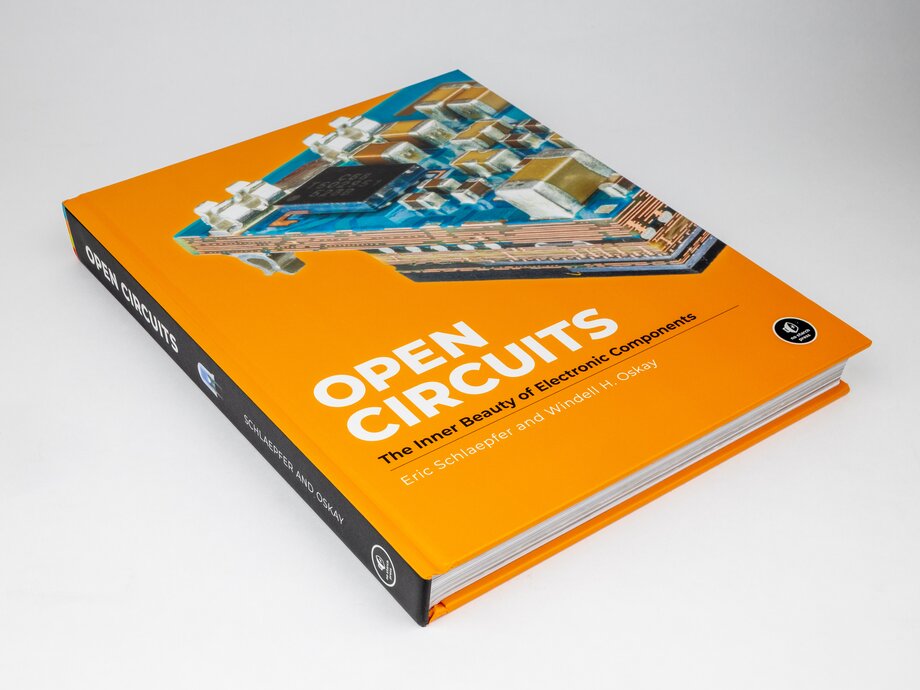
Bantam Tools proudly unveils its latest advancement in proven plotter technology with the launch of the new Bantam Tools NextDraw™ series of drawing and handwriting machines. Engineered for artists, innovators, and educators seeking exceptional versatility and performance, Bantam Tools now offers a trio of new models designed for drawing and handwriting.
“The Evil Mad Scientist team have brought their engineering prowess to Bantam Tools and the new Bantam Tools NextDraw series are proven creative tools that set a new standard in plotters. The Bantam Tools NextDraw series of plotters are exceptional computer controlled machines for innovators.” says Bre Pettis, CEO of Bantam Tools.
Each model in the Bantam Tools NextDraw™ series comes standard with the incredibly fast, nearly indestructible, brushless pen-lift mechanism that was only available as an upgrade to legacy models. This system provides a remarkable increase in speed. As an added bonus, the brushless pen-lift mechanism empowers users to use writing implements that need pressure on the paper, welcome news to lovers of ball-point pens. For those that plot multiple artworks or letters, the auto-homing feature streamlines the user experience while enhancing precision, allowing artists and writers to execute repetitive work with ease and confidence.
Each of the three different sizes of Bantam Tools NextDraw™ plotters has a drawing area which ranges from 8.5×11”/A4 to 22×34”/A1, ensuring a solution for every scale of artistic endeavor. Even the largest Bantam Tools NextDraw™ can draw on a postage stamp and the smallest Bantam Tools NextDraw™ can be placed on the center of a mural sized piece of paper.
The Bantam Tools NextDraw™ is a hardware and software ecosystem designed for a range of innovative applications not limited to drawing and handwriting. The ecosystem features a variety of accessories available to expand your capabilities and help you explore your creative frontier.
The robust construction of the Bantam Tools NextDraw™ plotters is evident in their sturdy electronics enclosures, which feature easily accessible power, pause, and reset buttons, alongside built-in cable strain relief, enhancing both functionality and durability. Notably, the two larger models are machined in-house from billet 6061 aluminum, adhering to tight tolerances that not only improve precision but also provide increased stability.
“In the past few months we have been able to implement new firmware features and motion control software that improve the quality of the output while at the same time making everything dramatically faster. The whole series of Bantam Tools NextDraw machines look great and the new generation of firmware gives a whole new sound to the machine too.” says Windell Oskay, Bantam Tools CTO.
The Bantam Tools NextDraw™ plotter’s enhanced acceleration and efficiency are in a class of their own; it manages intricate artistic details and curves with speed and finesse.
“I can’t wait for our past Evil Mad Scientist customers to get their hands on the new Bantam Tools NextDraw. The improved performance from the brushless motor, the ease of the new homing routines, and the overall improvement in acceleration and speed will allow artists to make more art in less time. For customers who use our machines for handwriting applications like sending out wedding invitations or thank you notes, they can create notes and address envelopes so much faster.” says Lenore Edman, Bantam Tools COO.
Versatility, compatibility and user experience are key highlights of the Bantam Tools NextDraw™ series. The familiar software, originally developed by Evil Mad Scientist and tailored for Inkscape, has been improved to offer enhancements that streamline the plotting process. There are also advanced API features for custom applications.
Proudly FCC certified and manufactured in Peekskill, New York, Bantam Tools continues its commitment to delivering high-quality, reliable products that push the boundaries of design and innovation in the creative industry. The Bantam Tools NextDraw™ plotters are not just tools, but partners in the creative process, designed to meet the rigorous demands of modern artistic expression.
The Bantam Tools NextDraw™ is the proven and reliable compatible computer-controlled plotter that provides versatile solutions to artists, innovators and educators.
See the Bantam Tools NextDraw™ in action at bantamtools.com.













